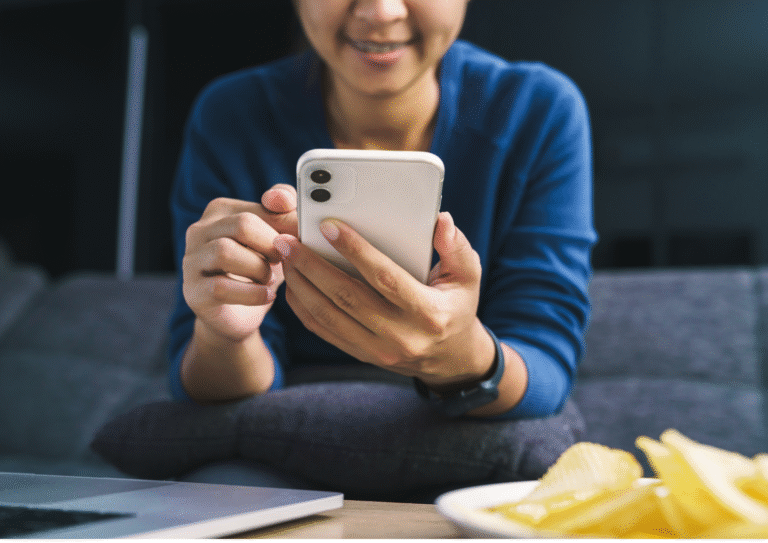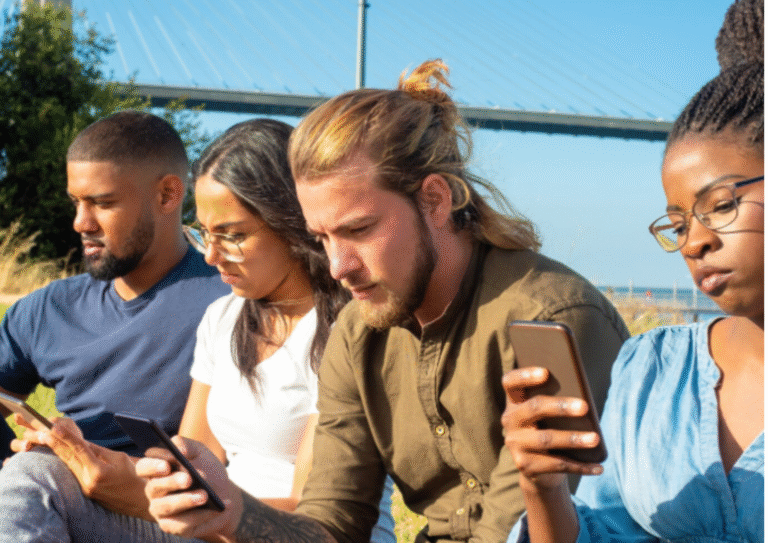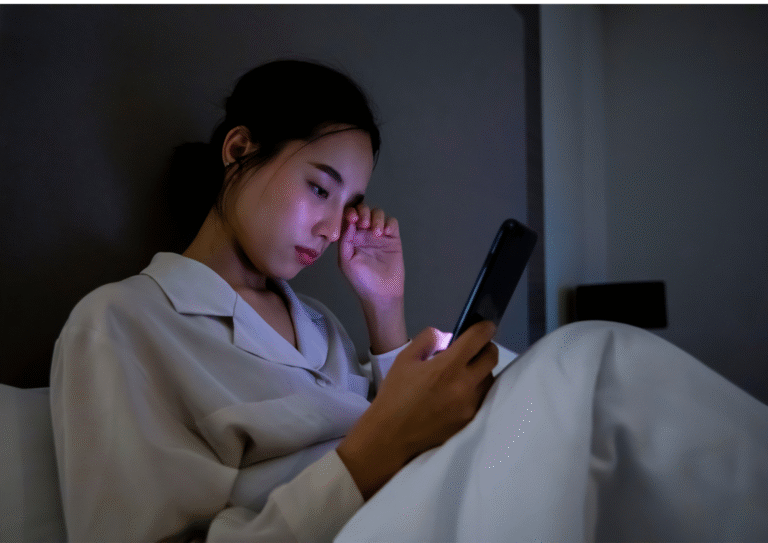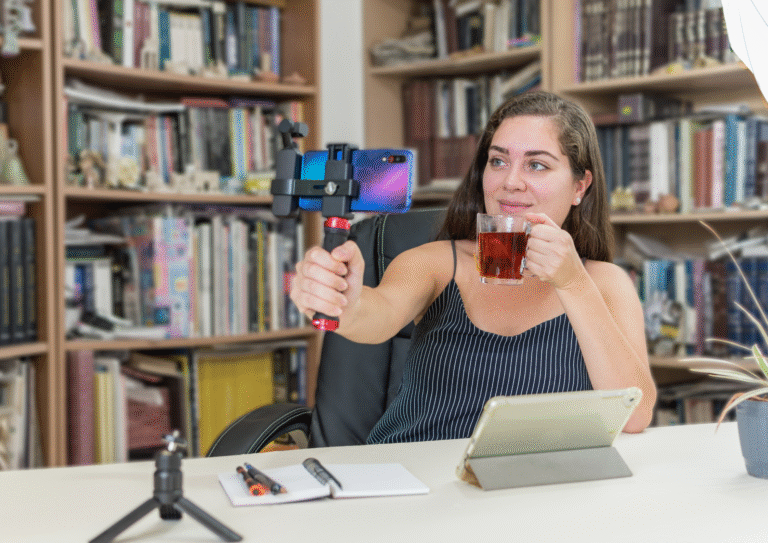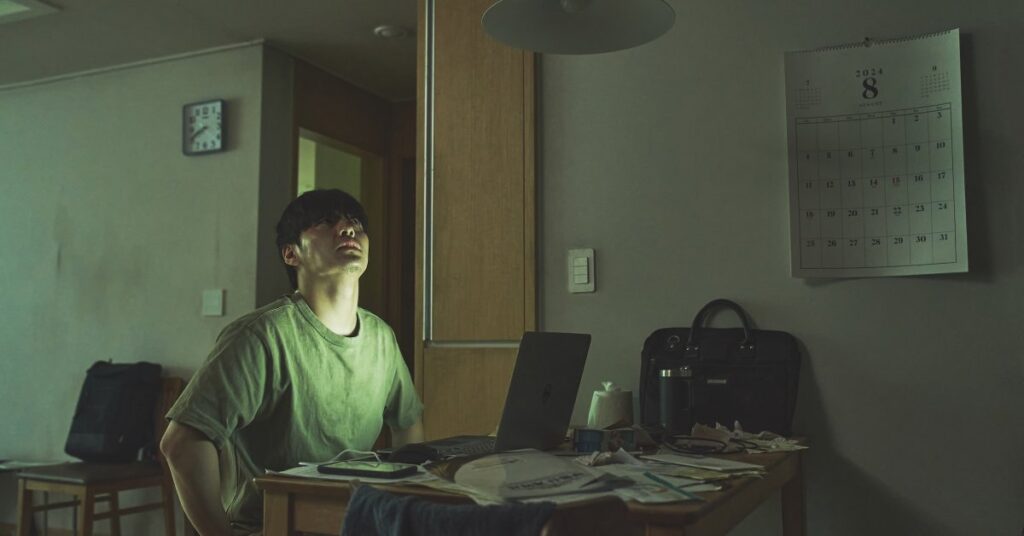
Find out how social media can make you anxious by changing your brain, and what you can do to feel calmer and more confident.
Ever feel that twisted knot of worry every time you look at social media? You really want to feel calm and sure of yourself, but all those endless posts just make things worse. If you keep reading, you’ll discover exactly how social media can actually change your brain in ways that cause anxiety. Plus, you’ll learn simple steps you can take to get back your peace of mind and feel better.
Why understanding How Social Media Fuels Anxiety matters more than you might think. This isn’t just about being distracted by your phone or a personal flaw. Using social media a lot causes real changes in your brain. These changes deeply affect how you think, how you feel, and even how you connect with other people. If you ignore these effects, you’re leaving yourself open to more problems.
Some people might say that social media just shows us what’s already happening in the world, and any anxiety we feel is our own problem to deal with. But brain scientists say something different. They’ve found that these apps are actually designed to grab your attention, increase your stress, and play with your mood. This design makes them powerful “anxiety machines,” so their impact is definitely not harmless.
1. Reward Loops and Dopamine Hijacking
Many studies clearly show that getting likes, comments, and notifications on social media causes a rush of a brain chemical called dopamine. This feeling is a lot like what happens when someone wins at a slot machine. It’s exciting but can be unpredictable.
Using social media too much can actually change your brain’s dopamine pathways. These are like your brain’s reward system. Research even suggests it might reduce the size of parts of your brain important for making good decisions and controlling your actions, like the prefrontal cortex. [1, 2] These constant reward cycles make you feel like you have to check your phone all the time. You get anxious if you don’t get the notifications or reactions you expect. Because of this, you get stuck in a loop: you look for approval, feel a quick high, and then immediately want more. This creates a perfect setup for anxiety to grow stronger.
2. Social Comparison and Fear of Missing Out (FOMO)
When you just scroll through the seemingly perfect posts of others, it activates parts of your brain that deal with danger and social pain. These include the amygdala and anterior cingulate cortex. [3, 4] Think of these as your brain’s alarm system for social situations.
Brain scans (called fMRI studies), especially in teenagers, have shown that when they get feedback from friends online, these anxiety-related brain areas light up more. This directly causes anxious feelings. [5, 6] This is a big concern, especially since the U.S. Surgeon General has issued warnings about more cases of depression and anxiety directly linked to heavy social media use, particularly among young people. [7, 8] As Dr. Jacqueline Sperling, a psychologist, explains:
“When the outcome is unpredictable, the behavior is more likely to repeat . , . like a slot machine.” [9]
Constantly comparing your own real life to the perfectly edited and often fake lives shown online messes with how you see yourself. It can seriously damage your self-worth.
3. Reward-Driven Brain Changes
Studies of the brain show that social media addiction acts a lot like drug addiction. It affects the same parts of your brain that control how you act and how you stop yourself from doing certain things.
Studies consistently show that people who spend too much time on the internet often have less control in their prefrontal cortex (that decision-making part of the brain) and act more on impulse. [1, 2] People with behavioral addictions often have trouble stopping themselves from doing things, and they struggle to manage their emotions. [2, 10] Over time, this means your natural ability to control yourself gets weaker. And sadly, the computer programs (algorithms) that run these social media apps are built to take advantage of these weaknesses. They constantly push content that pulls you deeper into endless scrolling.
4. Doomscrolling and Emotional Drain
The idea of “brain rot” from doomscrolling—constantly reading bad or upsetting news online—is not just a made-up thing. It truly affects your brain and how you feel.
Spending too much time scrolling through negative posts can make it harder for you to pay attention, mess with your memory, and even increase stress hormones in your body. [4, 11] Research confirms that doomscrolling essentially “turns off” your brain’s natural filter for bad news. This makes you focus too much on negative content, leading to ongoing anxiety. [4, 11] These tricky methods used by social media apps play on your worst fears and worries, leaving you feeling jumpy, emotionally empty, and totally exhausted.
5. Anxiety and Over-Control from Digital Habits
New brain research, especially in teenagers, suggests that relying too much on texting and online messages to communicate can lead to being overly controlled emotionally. This trait is often connected to anxiety problems. [6, 10]
Teenagers who prefer texting over talking face-to-face often show specific brain patterns that are tied to increased anxiety. [10] The U.S. Surgeon General recently warned about the mental health dangers for young people who are always online. He pointed out that this constant digital use can change how they cope with feelings and can make anxiety worse, especially for those who are already struggling. [7, 8] So, social media doesn’t just show existing anxiety. It can actually make it much stronger and fundamentally change how people, especially young people, learn to handle their emotions and interact with others in the real world.
Dark Humor Moment
I once checked how many selfies I had taken five years ago, hoping it would make me feel better about myself . , . only to realize I’d spent an hour getting lost in old memories and feeling weird, instead of getting any real approval.
Why This Science Should Matter to You
Social media isn’t a neutral tool. Understanding how it deeply affects your brain is super important for your mental well-being:
- It rewires your brain’s reward system to create a compulsive craving for engagement, leading to addictive behaviors. [1, 2]
- It makes you compare yourself to others and creates a fear of missing out, directly causing anxiety and making you feel worse about yourself. [3, 4, 5, 6, 9]
- It drains your mental energy through constant overstimulation and the pervasive phenomenon of doomscrolling. [4, 11]
- It can mess with your emotional control and how you deal with problems, particularly in young people, making them more prone to anxiety. [6, 7, 8, 10]
This explanation of Why Social Media Makes You Anxious shows why understanding these brain effects is the most important first step to taking back control of your mind and finding your peace.
Practical Steps to Reclaim Calm
You can actively reduce the anxiety that social media causes. Here are practical, actionable steps you can take to feel more calm:
- Set Screen Time Limits: Use the timers on your phone or in apps to help you watch and limit how much time you spend on social media.
- Disable Unnecessary Notifications: Turn off all those “likes,” comments, and new post alerts. This removes the tempting “dopamine bait” that makes you check your phone constantly.
- Schedule Social Media Breaks: Decide on specific times when your phone is off-limits. For example, no phone during dinner, when you’re hanging out with friends, or for at least an hour before you go to bed.
- Replace Scrolling with Real-Life Activities: Instead of mindlessly scrolling, choose to do things in the real world. Go for a walk, read a physical book, try a craft, or simply talk to someone face-to-face.
- Limit Doomscrolling: Be smart about how you get your news. Set specific times to check the news, and stick to trusted sources. Avoid endlessly scrolling through negative stories.
- Use Social Media on Purpose: Don’t just browse. Use platforms intentionally. Really connect with people you care about, rather than just scrolling through endless posts from strangers.
Conclusion & Your Next Step
Social media isn’t just a little bit addictive; it’s cleverly designed to trigger and increase anxiety by playing with how your brain works. But once you understand this powerful influence, you’ve taken the first big step. With this knowledge and by making small, regular changes, you can definitely get back control over your digital life and how you feel mentally.
Your Next Step: Choose just one simple change from the list above . , . maybe turning off all extra notifications. Try it for a week. Pay attention to how anxious you feel and how well you can focus during that week. Notice any small improvements. Once you see a positive change, build on it by adding another practical step. Your mental well-being is worth more than just passive scrolling . , . it deserves intentional, healthy choices.
Sources
- Translational Psychiatry. “Reward system hyperfunction and gray matter volume reduction in internet addiction.” Published January 19, 2021. https://www.nature.com/articles/s41398-020-01188-7
- Psychiatry and Clinical Neurosciences. “The neural basis of internet addiction: A neuroimaging review.” Published July 2017. https://onlinelibrary.wiley.com/doi/full/10.1111/pcn.12521
- Trends in Cognitive Sciences. “The salience network: a neural system for switching between internal and external worlds.” Published February 2008. https://www.cell.com/trends/cognitive-sciences/fulltext/S1364-6613(07)00302-3
- Journal of Communication. “Doomscrolling and Well-being: A Scoping Review.” Published December 12, 2022. https://academic.oup.com/joc/article/73/1/1/6888461
- Child Development. “Neural Correlates of Peer Feedback in Adolescence: Links to Social Anxiety.” Published January 2016. https://onlinelibrary.wiley.com/doi/full/10.1111/cdev.12455
- Journal of Child Psychology and Psychiatry. “Neural responses to social feedback and self-reported social anxiety in adolescents.” Published March 2017. https://onlinelibrary.wiley.com/doi/abs/10.1111/jcpp.12648
- U.S. Department of Health and Human Services, Office of the Surgeon General. “Social Media and Youth Mental Health: The Surgeon General’s Advisory.” Published May 2023. https://www.hhs.gov/sites/default/files/social-media-and-youth-mental-health-advisory-05232023.pdf
- The New York Times. “Surgeon General Issues Advisory on Social Media and Youth Mental Health.” Published May 23, 2023. https://www.nytimes.com/2023/05/23/health/social-media-youth-mental-health-surgeon-general.html
- McLean Hospital. “Is Social Media Causing a Teenage Mental Health Crisis?” (Featuring Dr. Jacqueline Sperling). Published March 26, 2020. https://www.mcleanhospital.org/essentials/social-media-teenage-mental-health-crisis
- Journal of Affective Disorders. “Brain structural and functional changes in problematic internet use: A meta-analysis of neuroimaging studies.” Published February 15, 2021. https://www.ncbi.nlm.nih.gov/pmc/articles/PMC7808298/
- Scientific American. “The Science Behind ‘Doomscrolling’.” Published January 27, 2021. https://www.scientificamerican.com/article/the-science-behind-doomscrolling/

